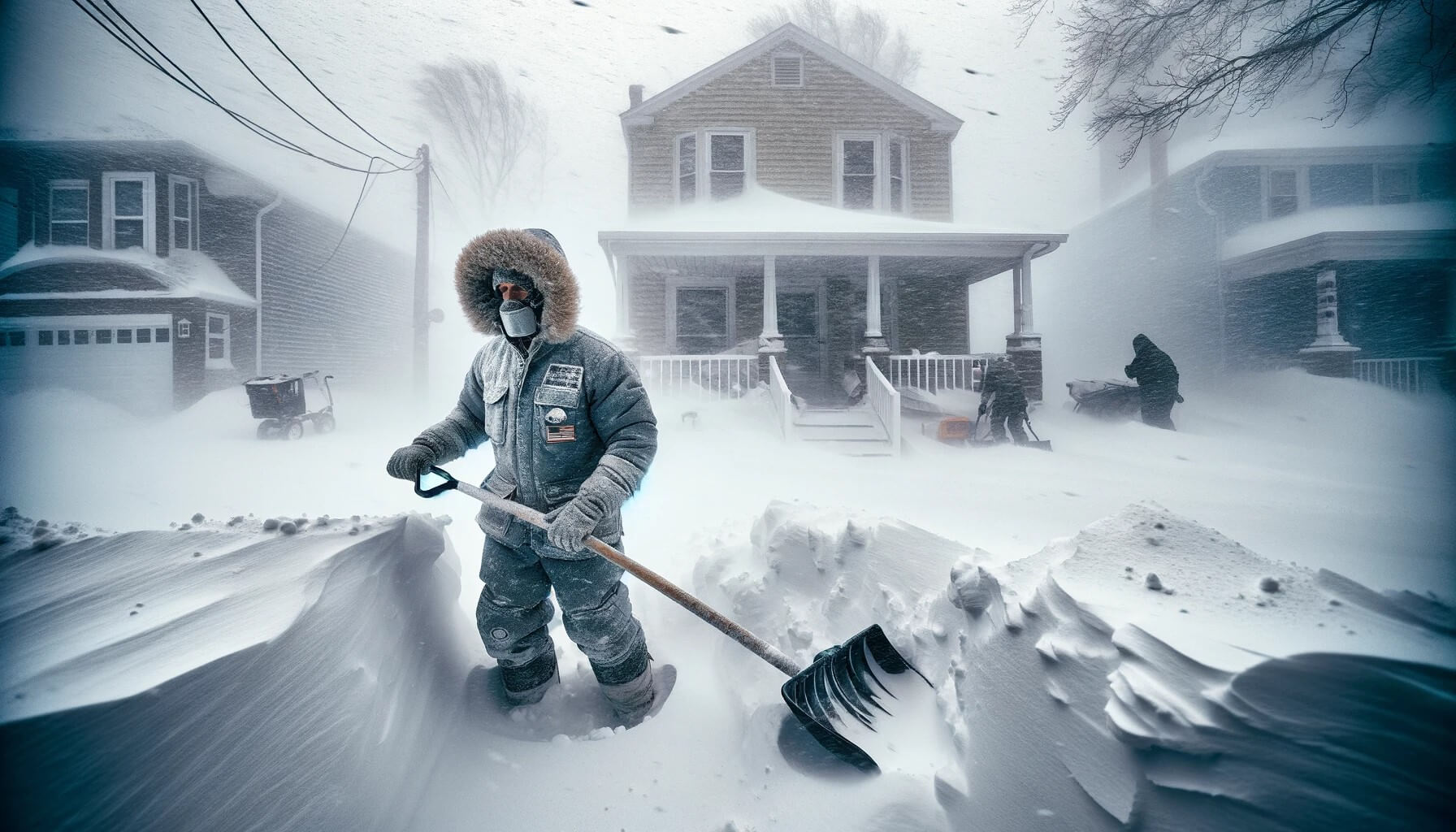
Steps to Winterize Your Home in Cold Weather
Winterizing your home in Minnesota is essential to ensure it withstands the harsh winter months while maintaining a comfortable and energy-efficient living environment. The cold, snowy winters can pose significant challenges to any household, from freezing pipes to inefficient heating. Here’s a comprehensive guide to preparing your home for winter in the Land of 10,000 Lakes.
Insulate Your Home
- Check Insulation: Ensure that your attic, walls, and basement are properly insulated. Adequate insulation keeps warm air inside, reducing heating costs and improving comfort.
- Seal Windows and Doors: Use weather stripping or caulk to seal any gaps in windows and doors to prevent cold drafts and heat loss.
Protect Your Pipes
- Insulate Pipes: Wrap exposed pipes with insulation sleeves, especially those in unheated areas like the garage, attic, or basement, to prevent freezing.
- Keep the Heat On: Maintain a minimum indoor temperature of 55°F, even if you’re away, to prevent pipes from freezing.
Maintain Your Heating System
- Service Your Furnace: Have a professional inspect and service your furnace or heating system before winter to ensure it’s running efficiently.
- Replace Filters: Regularly change the filters in your heating system to maintain air quality and system efficiency.
Manage Ice and Snow
- Clean Gutters: Remove leaves and debris from gutters and downspouts to ensure proper drainage, preventing ice dams and icicles.
- Snow Removal Equipment: Make sure you have snow shovels, a snow blower, and ice melt or sand on hand before the first snowfall.
Prepare for Emergencies
- Emergency Kit: Prepare an emergency kit with essentials such as water, non-perishable food, flashlights, batteries, blankets, and a first aid kit.
- Power Outages: Consider investing in a generator or ensure you have alternative heating sources like wood for a fireplace or a kerosene heater, following safety guidelines to prevent carbon monoxide poisoning.
Prevent Drafts
- Door Sweeps and Draft Stoppers: Install door sweeps on exterior doors and use draft stoppers to keep cold air out.
- Use Window Insulation Kits: Apply plastic film insulation kits on windows to add an extra barrier against cold air.
Check Your Roof
- Inspect Your Roof: Look for missing, damaged, or loose shingles that could lead to leaks from melting snow and ice.
- Install Roof Heating Cables: If you’ve had issues with ice dams, consider installing heating cables along the roof edge to prevent their formation.
Outdoor Preparations
- Winterize Outdoor Faucets: Disconnect garden hoses, drain outdoor faucets, and if possible, shut off water to outdoor faucets to prevent freezing.
- Protect Perennials and Shrubs: Cover sensitive plants with burlap or mulch to protect them from freezing temperatures and wind.
Energy Efficiency
- Use a Programmable Thermostat: Set your thermostat to lower the temperature automatically at night and when the house is unoccupied to save on heating costs.
- Consider Window Treatments: Heavy curtains or thermal blinds can provide an additional layer of insulation against the cold.
Final Checks
- Test Smoke and Carbon Monoxide Detectors: Ensure that smoke and carbon monoxide detectors are working correctly and replace batteries as needed.
- Review Homeowners Insurance: Make sure your policy is up-to-date and covers winter-related damages.
Conclusion
Winterizing your home in Minnesota requires careful preparation to protect against the severe cold and snow. By taking proactive steps to insulate your home, protect your pipes, maintain your heating system, and prepare for emergencies, you can enjoy a safer, more comfortable winter season. Not only do these measures safeguard your property, but they also contribute to significant energy savings, making your home more energy-efficient and reducing your environmental footprint.
